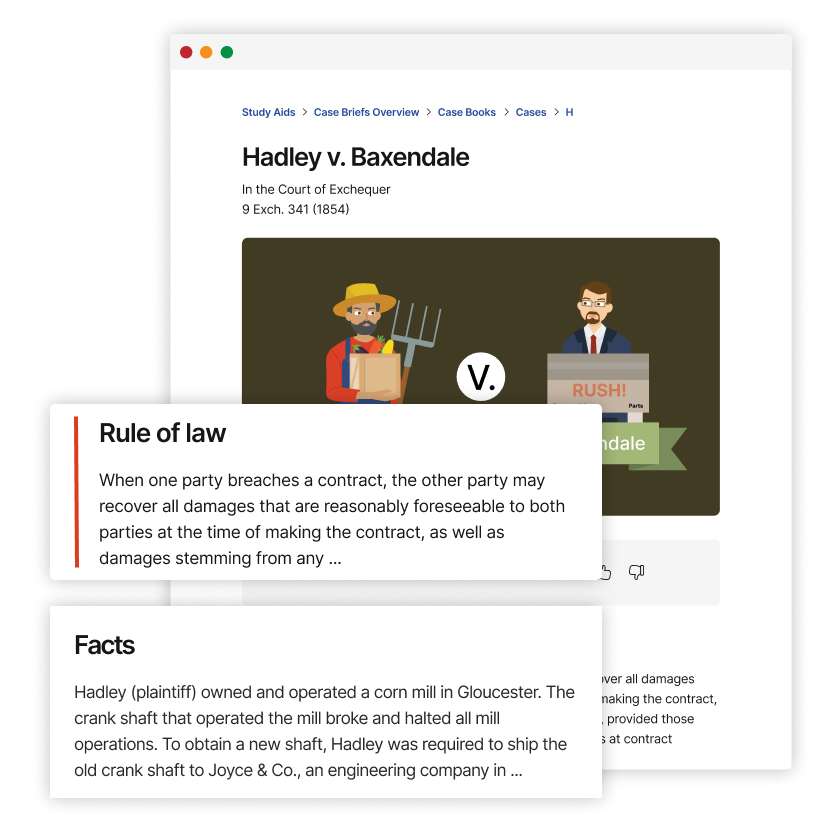Nicholson v. Williams
United States District Court for the Eastern District of New York
203 F. Supp. 2d 153 (2002)
- Written by Angela Patrick, JD
Facts
New York City’s Administration for Children’s Services (administration) (defendant) had a policy of removing children from mothers who had been victims of domestic violence without (1) holding a hearing or investigating what the mother had done to try to protect the children or to avoid the violence or (2) exploring less drastic alternatives. The administration rarely prosecuted the actual abusers. However, the administration charged the mothers with neglect for having “engaged in domestic violence” by being abused where the children might witness the violence. Sharwline Nicholson (plaintiff) was a caring, single mother who was attentive to her children’s needs. However, Nicholson’s boyfriend hit one of Nicholson’s children. The boyfriend had never hit Nicholson before. But when Nicholson broke up with her boyfriend, his response was to beat Nicholson so severely that she had numerous broken bones and needed emergency care. Stuck at the hospital overnight, Nicholson identified relatives who could watch her children. Instead, the administration put Nicholson’s children into foster care, where one child was hit by a foster parent. The administration also charged Nicholson with child neglect for having engaged in domestic violence. It took Nicholson weeks to get her children out of foster care and back into her custody. Nicholson sued the administration. Other mothers filed similar complaints, and the lawsuit became a class action. Evidence was presented that (1) separating children from their parents caused psychological and emotional harm, (2) separating children who had witnessed domestic violence from the nonabusive parent caused even more harm than other separations, (3) domestic-violence victims typically needed additional support and resources to safely separate from an abuser, and (4) the foster system had a significantly higher rate of abuse than the general population.
Rule of Law
Issue
Holding and Reasoning (Weinstein, J.)
What to do next…
Here's why 899,000 law students have relied on our case briefs:
- Written by law professors and practitioners, not other law students. 47,000 briefs, keyed to 994 casebooks. Top-notch customer support.
- The right amount of information, includes the facts, issues, rule of law, holding and reasoning, and any concurrences and dissents.
- Access in your classes, works on your mobile and tablet. Massive library of related video lessons and high quality multiple-choice questions.
- Easy to use, uniform format for every case brief. Written in plain English, not in legalese. Our briefs summarize and simplify; they don’t just repeat the court’s language.





